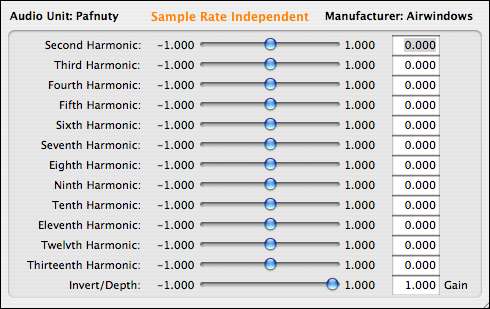Bright Ambience
BrightAmbience is a weird little plugin from the early days of Airwindows. It’s got a dry/wet control, ‘sustain’ and ‘decay’.
Here’s how it works, since it’s not obvious.
It makes a ginormous delay buffer, and begins to fill the ‘wet’ buffer with ‘ambience’ which is simply a long series of delay taps. They are spaced out a bit, but they’re almost entirely just prime numbers.
If you have ‘decay’ as zero, all of them will be at full crank. If you increase ‘decay’ that’s one way of toning the ‘reverb tail’ down.
If you have ‘sustain’ as zero, the plugin will skip almost all but the very first delay taps. There’s no regeneration or anything sophisticated at all, it’s JUST a huge pile of prime-numbered delay taps in a row. As you increase sustain, the plugin includes more and more of them. Back in the day, you could bring a computer to its knees with this, crash it by slamming the thing to full crank (also your output gain would end up being very loud). Computers these days are more likely to handle it, but it’s still incredibly crude.
You can easily get a sick gated reverb effect through using no decay and just playing with sustain, or you can try to tone down the effect. Either way, the sound you get will bear little resemblance to any natural reverb, but it’ll contain loads of top end and a distinctive hissy quality that might find use in EDM. Since it’s based on prime numbers applied ‘raw’ as delay taps, there’s no coloration other than the very unnatural tone of the ambience itself, which is barely even like an ambience.
For those of you who will enjoy the heck out of this, have fun! Anyone who literally wants a plausible acoustic ambience, look elsewhere. Oh, also it’s N to N so on a stereo send it’ll fill in its ‘ambience’ directly behind any element in the sound image, melding with it. Definitely has uses, but you’ve got to know what you’re dealing with.

